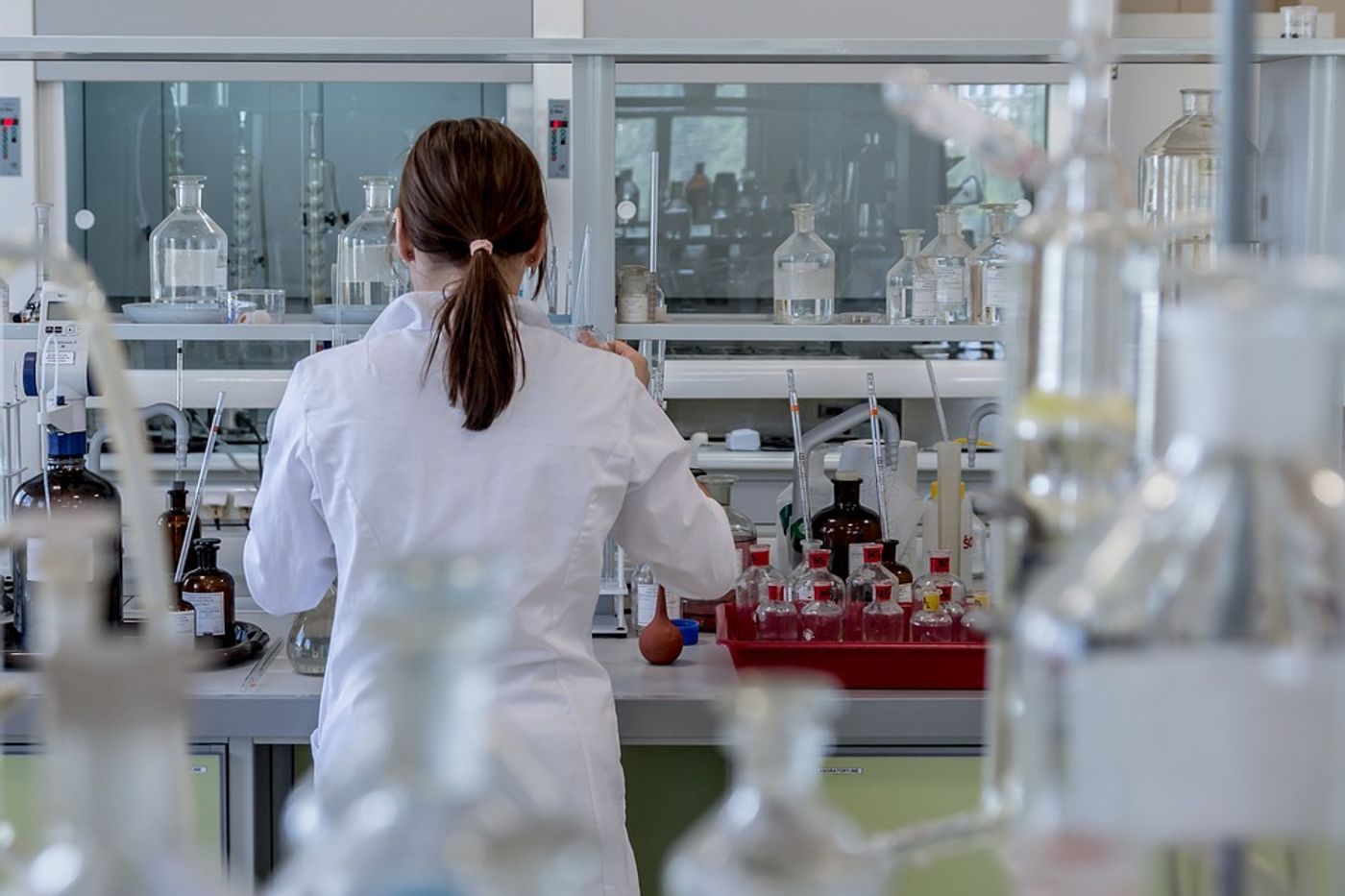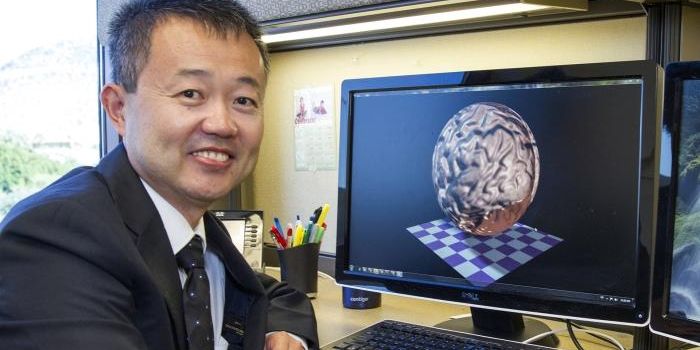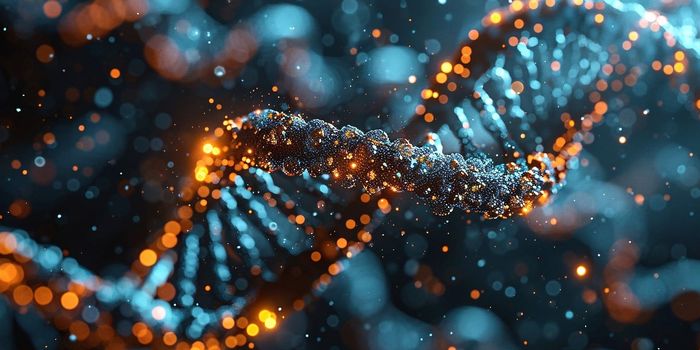Altering Dozens or Hundreds of Genes at Once
Since it was developed a few years ago, the CRISPR gene editing system has revolutionized biomedical research, and the first human studies using the tool are starting. The research community has refined and modified it in many different ways to allow for many kinds of genetic engineering. CRISPR has enormous potential in many areas, and not just for human disease treatment; it's being used in agriculture to create plants that are easier to grow in a changing climate, and is even changing materials science.
CRISPR is generally used to target individual genes, and while it can affect other genes those effects are mostly unintended. Some researchers have been able to aim for two or three genes at once, and in one report, made seven different genetic edits at one time. But for the most part, targeting multiple genes hasn’t been easy. New research from scientists led by Professor Randall Platt and his team at the Department of Biosystems Science and Engineering at ETH Zurich in Basel has changed that.
Reporting in Nature Methods, the researchers created a method for altering 25 genes in a single cell, at the same time. It may be possible to scale the procedure up to hundreds of genes, noted Platt. "Thanks to this new tool, we and other scientists can now achieve what we could only dream of doing in the past," he said.
Modifying a single gene can have a cascading series of effects on other genes and regulators it may interact with. This work will enable researchers to target multiple genes in a pathway at one time instead of investigating a gene in isolation. "Our method enables us, for the first time, to systematically modify entire gene networks in a single step," Platt said.
When this many genes can be modified at the same time, a cell can be reprogrammed completely; one kind of cell could be converted to a different type. That may help in cell replacement therapeutics, in which a damaged cell is swapped out with another healthy cell.
This method will also allow researchers to dial up the activity of some cells while dialing down others, and control the timing of those changes; it reduces challenges in the study of complex diseases involving multiple genes.
The CRISPR system requires a DNA-cutting enzyme (usually Cas9, but sometimes Cas12a), and an RNA molecule that directs the enzyme to the site in the genome that’s targeted for a cut. Usually, those reagents are mixed together and added to cells. In this case, the researchers used a circular piece of DNA to store the information for creating the Cas12a protein as well as the target sites. When inserted into human cells, the plasmid caused the desired genetic modifications.
The scientists used Cas12a instead of the typical Cas9 because it can divide the plasmid into the different target sequences as well as cutting the genome. Cas12a also doesn’t need as long a target sequence. "The shorter these addressing sequences are, the more of them we can fit onto a plasmid," Platt said.
Learn more about how Cas12a is being used to improve the CRISPR method from the video above.
Sources: Science Daily via ETH Zurich, Nature Methods









